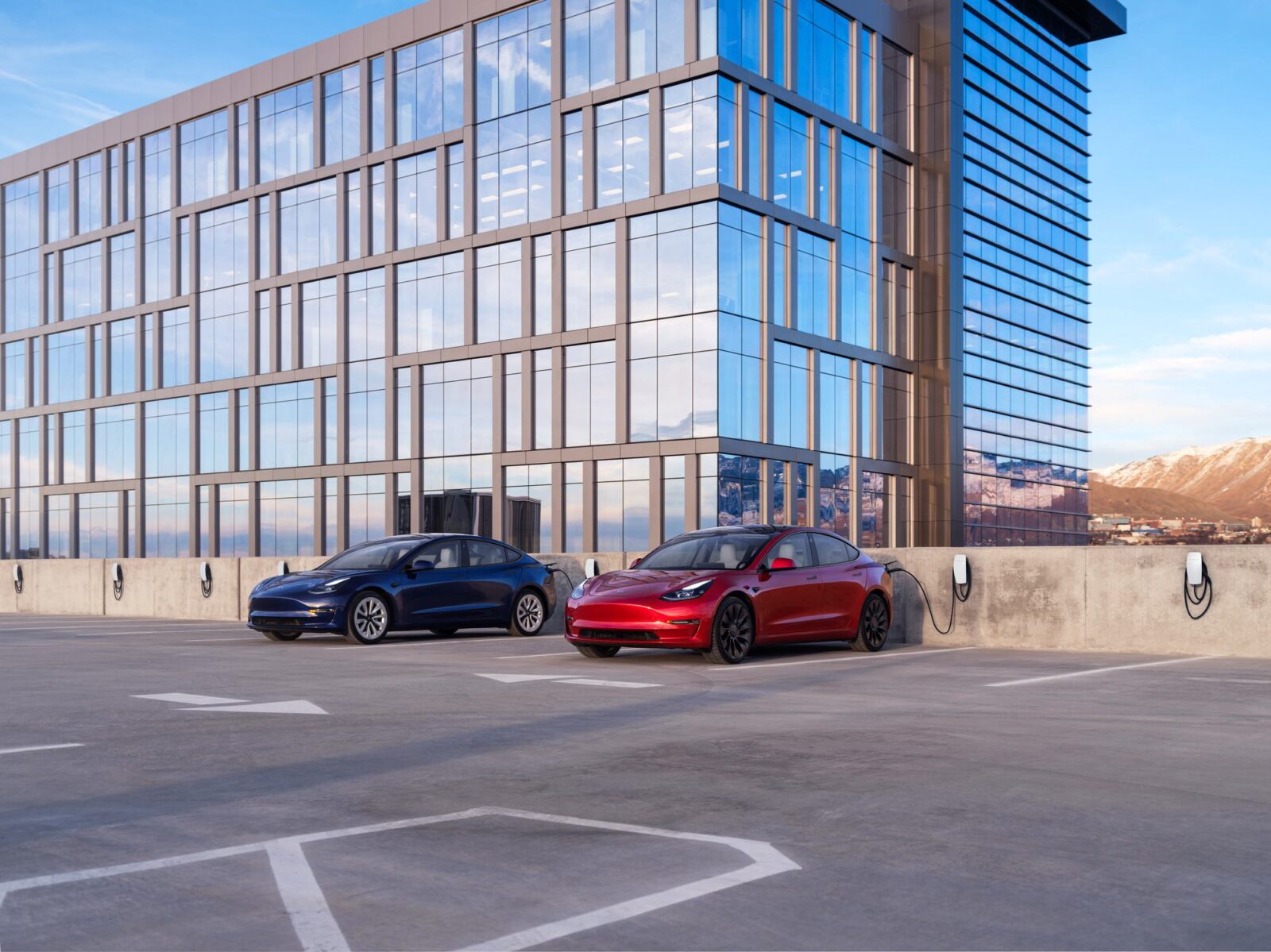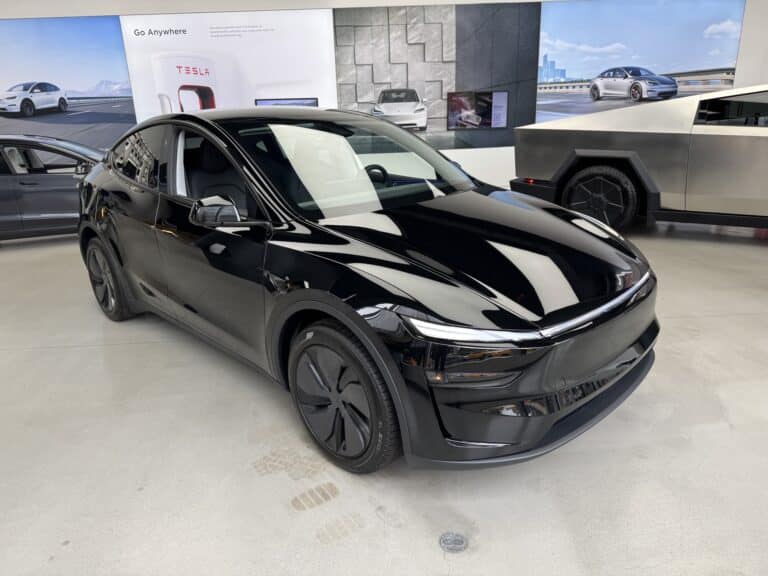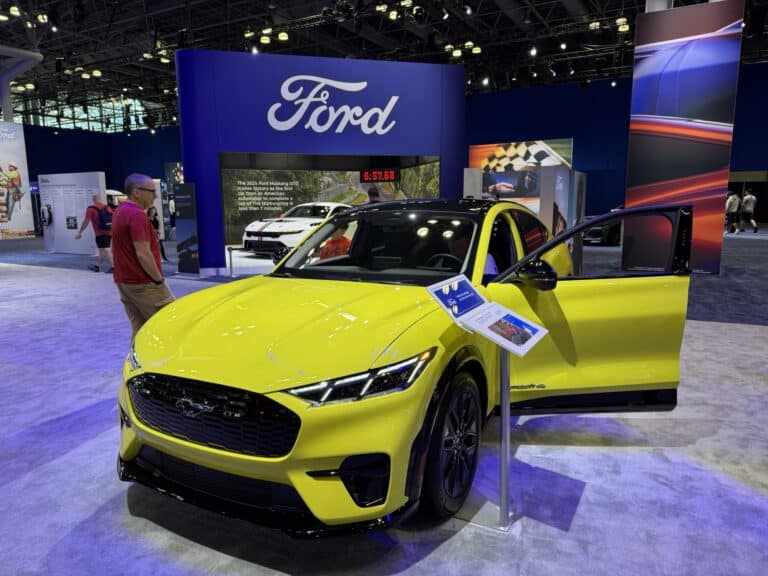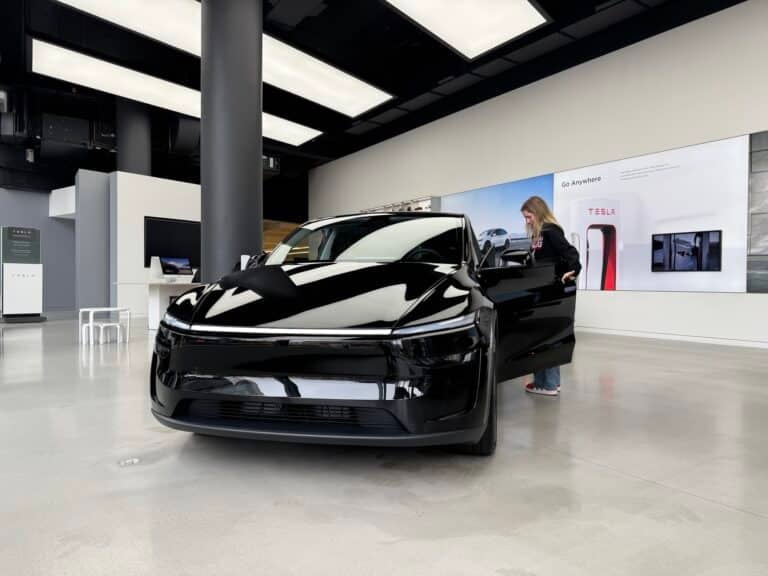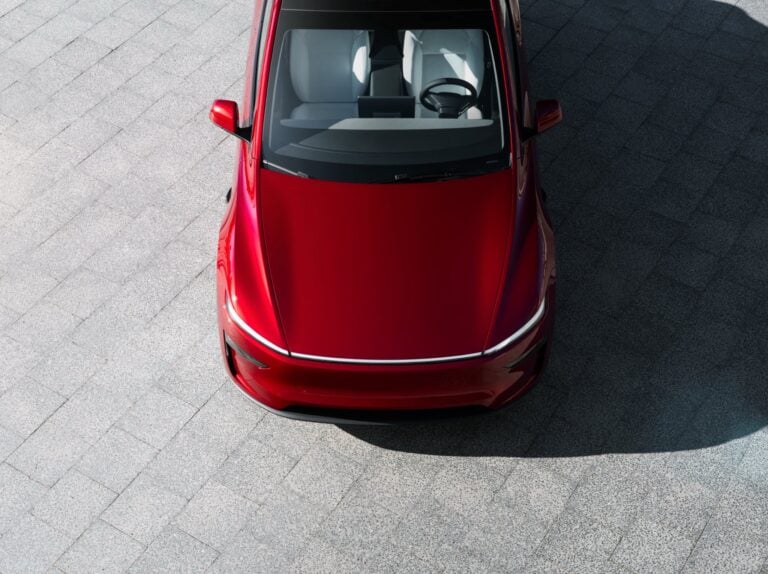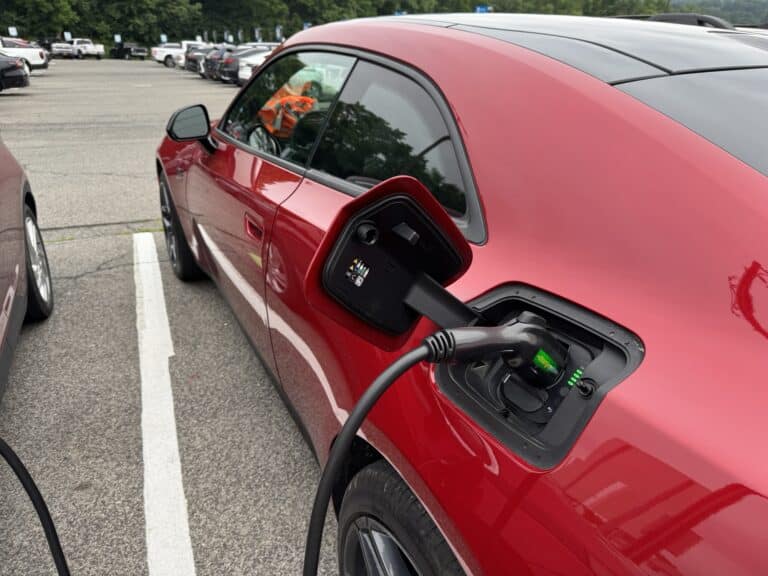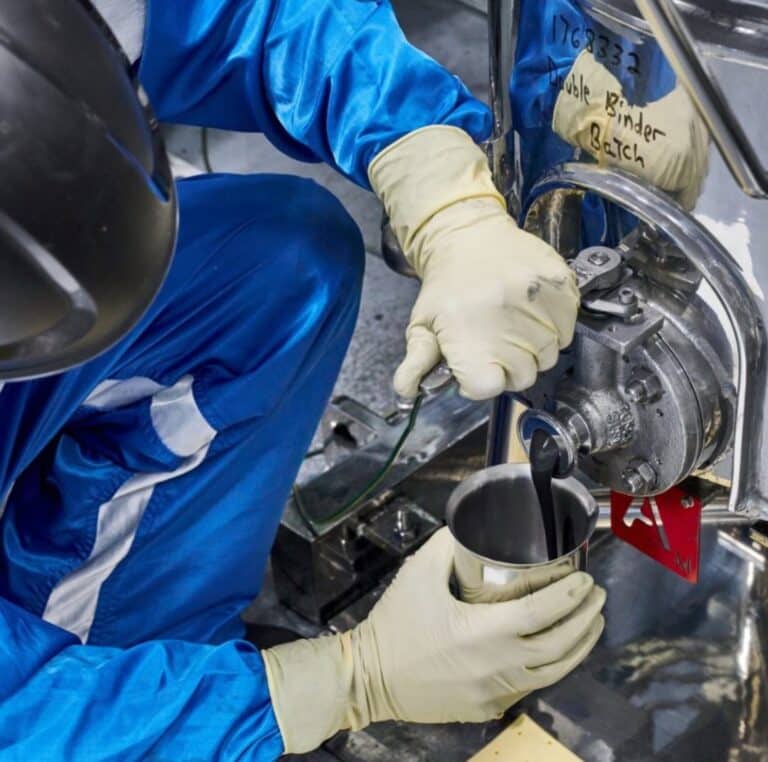Electricity is the buzzword as Detroit’s car manufacturers gear up for crucial talks with the United Auto Workers (UAW) about their shift towards electric vehicles (EVs). An influential figure in this process is none other than Elon Musk and his company, Tesla. Their state-of-the-art EV factories are a benchmark for efficiency and profitability, just like Toyota set the bar with its lean production system for the last 30 years.
Looking at the numbers, a Reuters study shows Tesla pulling ahead of traditional giants like General Motors and Ford in terms of operating profit per vehicle – beating them by $2,800 and $3,970 respectively. Interestingly, it was Stellantis’s North American unit, which focuses on combustion pickup trucks and Jeep SUVs, that outshone them all with an operating profit per vehicle of $8,365 last year.
The transition to EVs isn’t all smooth sailing for the traditional automakers. As they’re pushing for new contracts with the UAW to remain competitive, they’re struggling to turn a profit with EVs. Carlos Tavares, the CEO of Stellantis, warned about the potential cost to consumers, saying a quick switch to EVs could be “beyond the limits” of what they can afford.
The part Tesla plays now is similar to that of Japanese and German automakers in the 80s, according to Harley Shaiken, a labor professor at UC Berkeley. Unlike the ‘Detroit Three’, Tesla’s workforce is not unionized, a situation Musk is keen to maintain. This difference gives Tesla a cost advantage. While a UAW-represented automaker worker earns $64 to $67 per hour, a Tesla worker earns about $45. It equates to a saving of roughly $660 per vehicle for Tesla, assuming it takes about 30 hours to assemble a car.
Tesla’s cost advantage extends beyond labor. Innovative production techniques like “giga-castings” and “unboxed assembly” reduce production costs and save time. Additionally, Tesla does not share profits with dealers, saving around $2,000 per vehicle in distribution costs, as mentioned by Ford CEO Jim Farley.
Tesla’s second quarter saw the company garner between $150 million and $250 million in U.S. battery production subsidies and a similar amount saved on lithium and battery materials costs. With all these benefits, Tesla’s Q2 profit per vehicle was bumped up by $625 to $1,000.
In conclusion, as Detroit’s automakers head into their negotiations with the UAW, Tesla’s advantage in labor and production costs, as well as operational efficiency, casts a significant shadow. They present a challenging benchmark that Detroit’s automakers will have to reckon with in their push towards electrification.
Discover more from EVXL.co
Subscribe to get the latest posts sent to your email.


